When it comes to warm-weather cocktails, it’s hard to beat a simple yet refreshing highball. For the uninitiated, a highball is any drink that consists of a non-alcoholic mixer like soda pop, fizzy mineral water, juice, or, say, tonic, and a measure of any spirit served in a tall highball (or Collins) glass with plenty of ice. This means drinks like the Seven and Seven, Jack and Coke, Cape Codder, or Cuba Libre are all highballs.
Yet more often than not, when someone orders a “highball,” what they mean is a classic whisky highball made with a measure of whisky topped with carbonated water (and sometimes garnished with a citrus twist). All you need for any highball is a tall highball glass (or a Collins glass that’s around six to eight ounces), ice, whisky, and nice and fizzy club soda or mineral water.
When it comes to which whisky to actually use, this drink is really versatile. You can use really whatever whisky (or whiskey) you like. Though, if you’re looking for a more “classic” version, then highballs with Scotch whisky or Japanese whisky are going to be the play. That’s the simple, breezy, casual answer. But if you’re anything like me, part of you is always going to wonder which one is the best. In the interests of science, I’ll be employing here the good ol’ blind taste test.
For this blind tasting, I chose four Japanese whiskies and four Scotch whiskies, all under $45. Each was mixed into a whisky highball with Polar Club Soda and blindly nosed and tasted to find out which actually makes the best, most refreshing highball for spring and summer drinking.
Scotch Whiskies:
- Chivas Regal 12
- Compass Box Artist Blend
- X By Glenmorangie
- Monkey Shoulder
Japanese Whiskies:
- Suntory Toki
- Kojiki Finest
- Mars Whisky Iwai
- Hatozaki Finest
Let’s try these highballs!
Part 1: The Taste
Taste #1
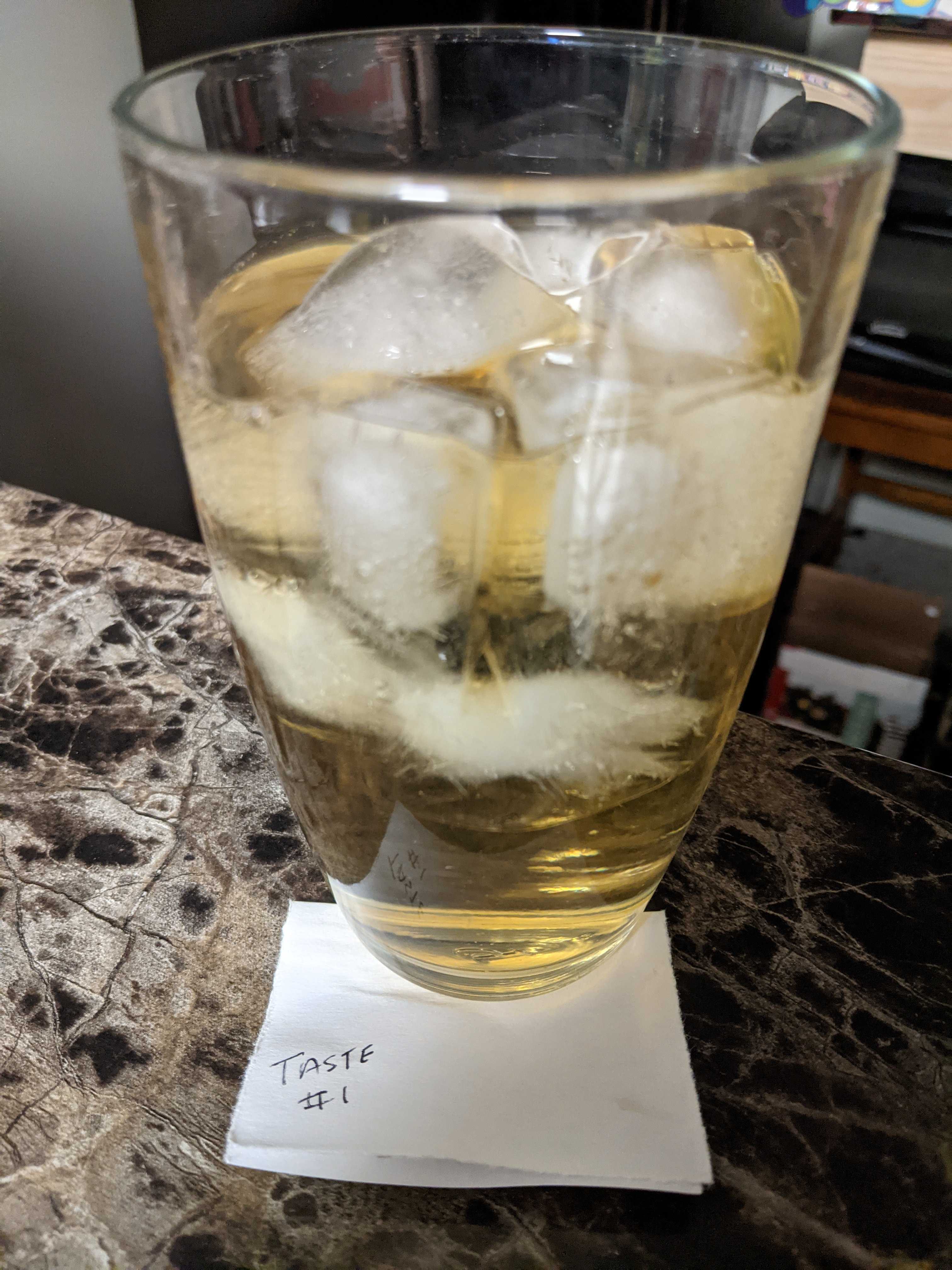
Tasting Notes:
There’s a surprising amount of heat on this whisky’s nose. There are also some slight fruity flavors, but a ton of cracked black pepper. Taking a sip of this cocktail reveals some more flavors including caramel, dried fruits, and even more pepper. While not overwhelming by any degree, the spiciness of this whisky won’t appeal to all drinkers.
Taste #2
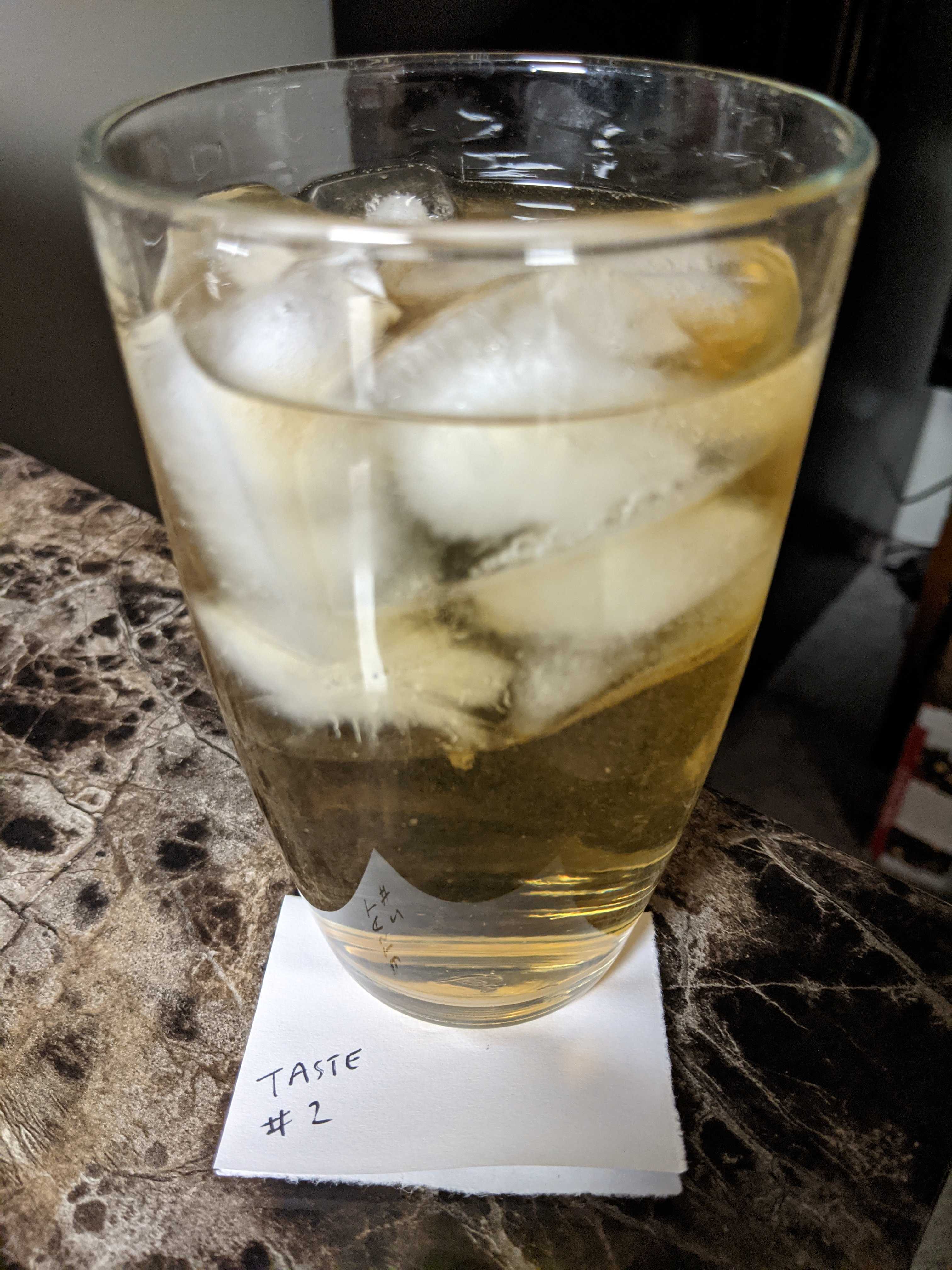
Tasting Notes:
There’s a lot of sweetness on this whisky’s nose. There are hints of caramel candy, vanilla cream, sticky toffee, and a slightly fruity aroma. The palate is highlighted by butterscotch, dried fruits, almond cookies, and some cinnamon at the finish. It pairs well with soda water but might be a little too sweet for some palates.
Taste #3
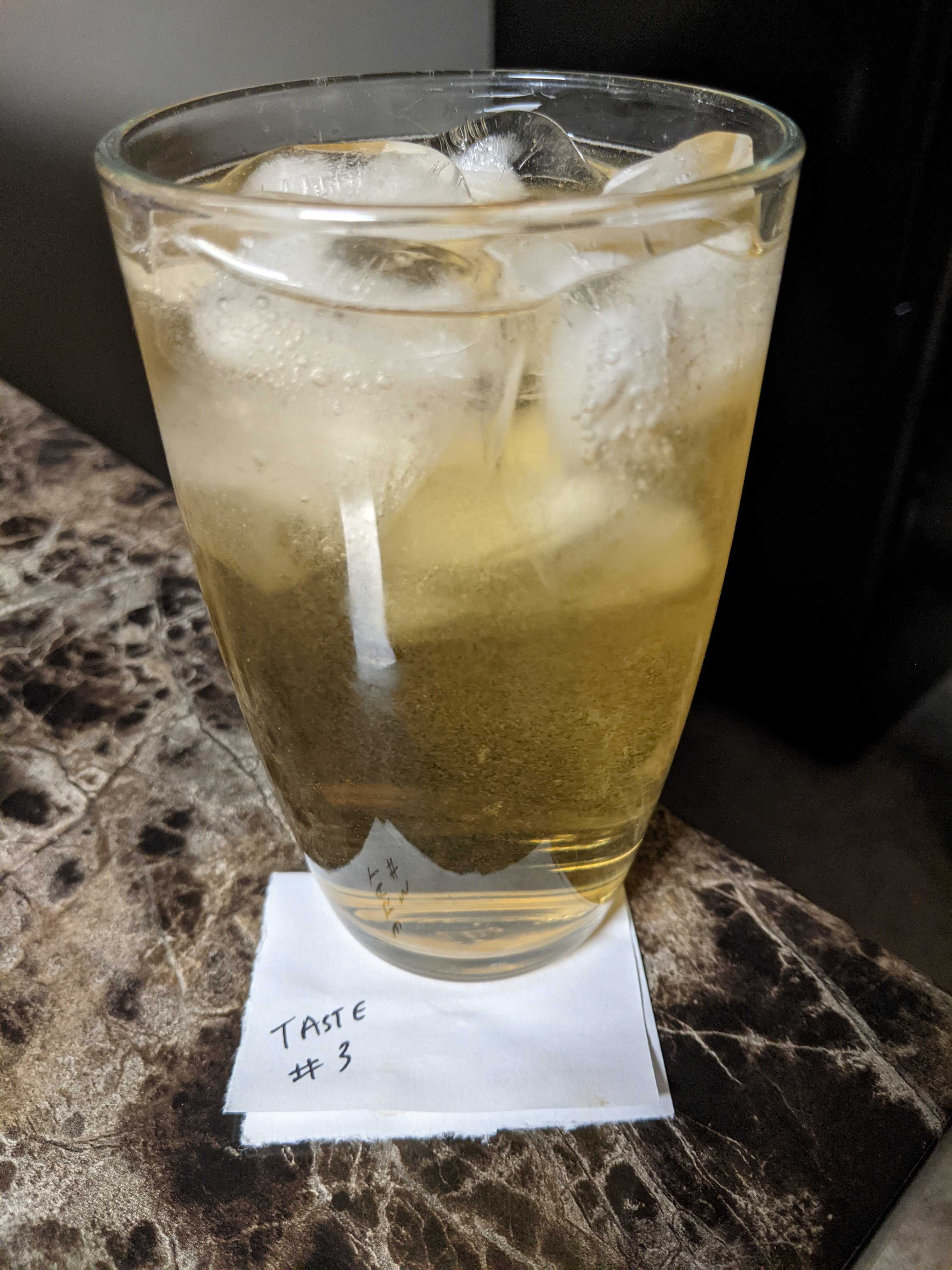
Tasting Notes:
Complex aromas of vanilla, citrus, caramel apples, and a slight herbal quality greet your nose. The palate is a symphony of candied orange peels, almond cookies, butterscotch, vanilla beans, and just a hint of peppery spice at the very end. All in all, this is a very complex, flavorful whisky that definitely stands up in a highball.
Taste #4
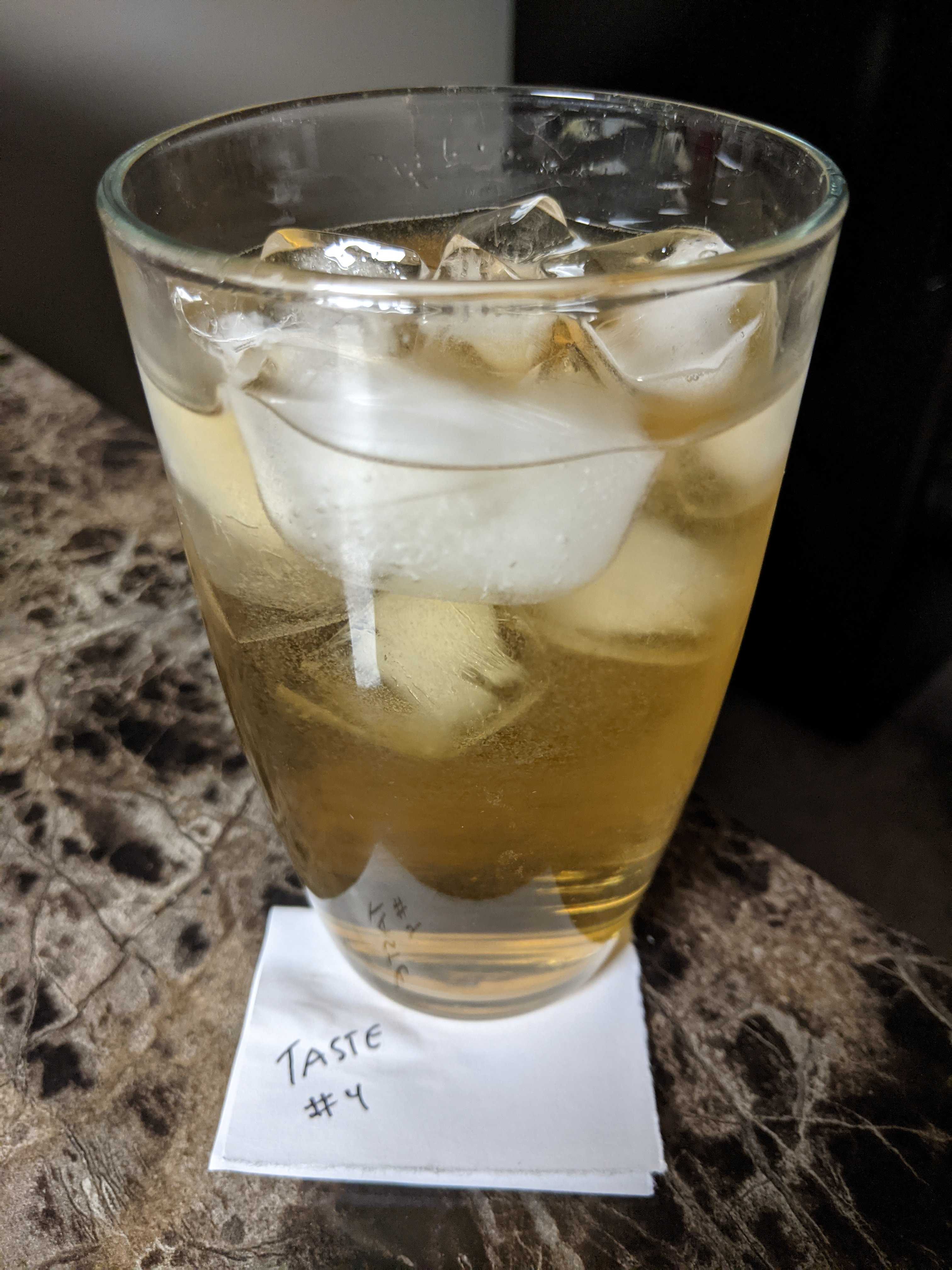
Tasting Notes:
Vanilla cream, dried cherries, raisins, and candied orange peels are heavy on this whisky’s nose and I like it. Taking a sip of the drink reveals flavors of dried orange peels, toasted vanilla beans, brown sugar, caramel candy, and a gentle hit of wintry spices at the finish that pairs well with the soda water.
Taste #5
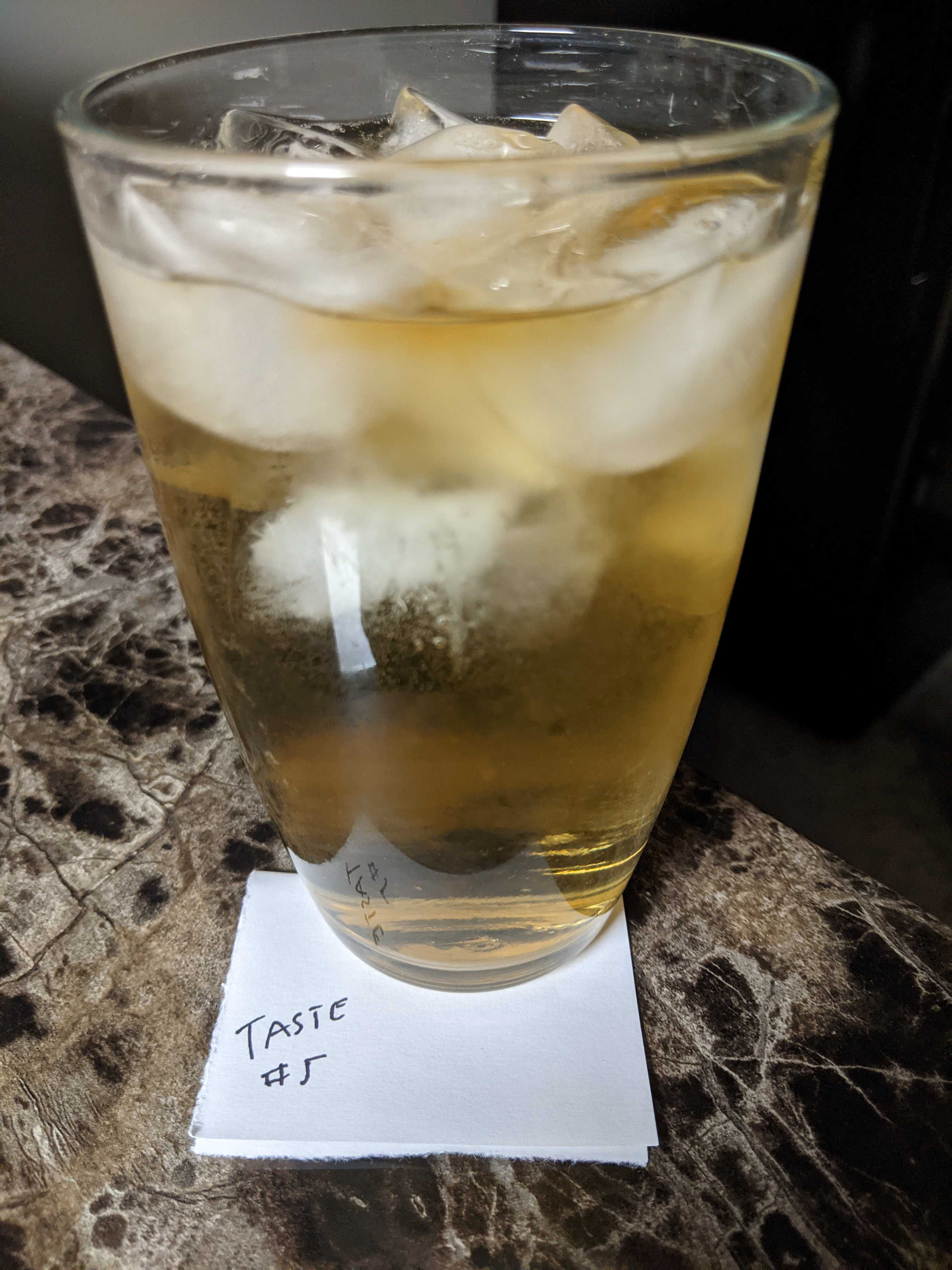
Tasting Notes:
The nose is fairly muted with some orange peel, toffee, and maybe some cinnamon, but not much else after the addition of soda water. The palate is a combination of caramel candy, slightly dried fruit flavors, and more spices. While not terrible, this whisky definitely gets a little lost behind the soda water.
Taste #6
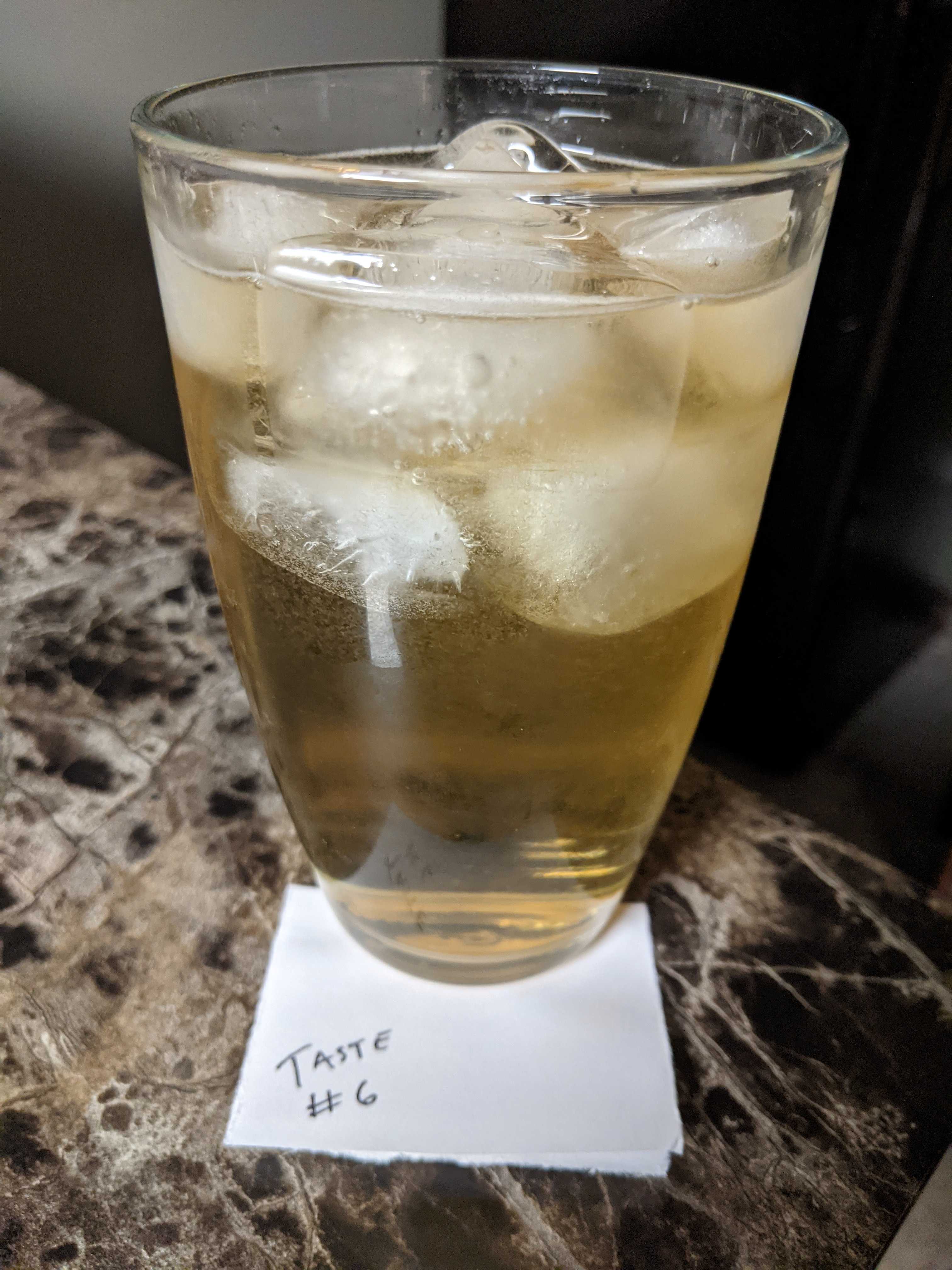
Tasting Notes:
The nose is highlighted by aromas of candied orange peels, toasted vanilla beans, caramel candy, and a slight fruity scent. Taking a sip of this drink reveals riper tropical fruits, more candied orange peel, butterscotch, and just a kiss of peat smoke to round everything together.
Taste #7
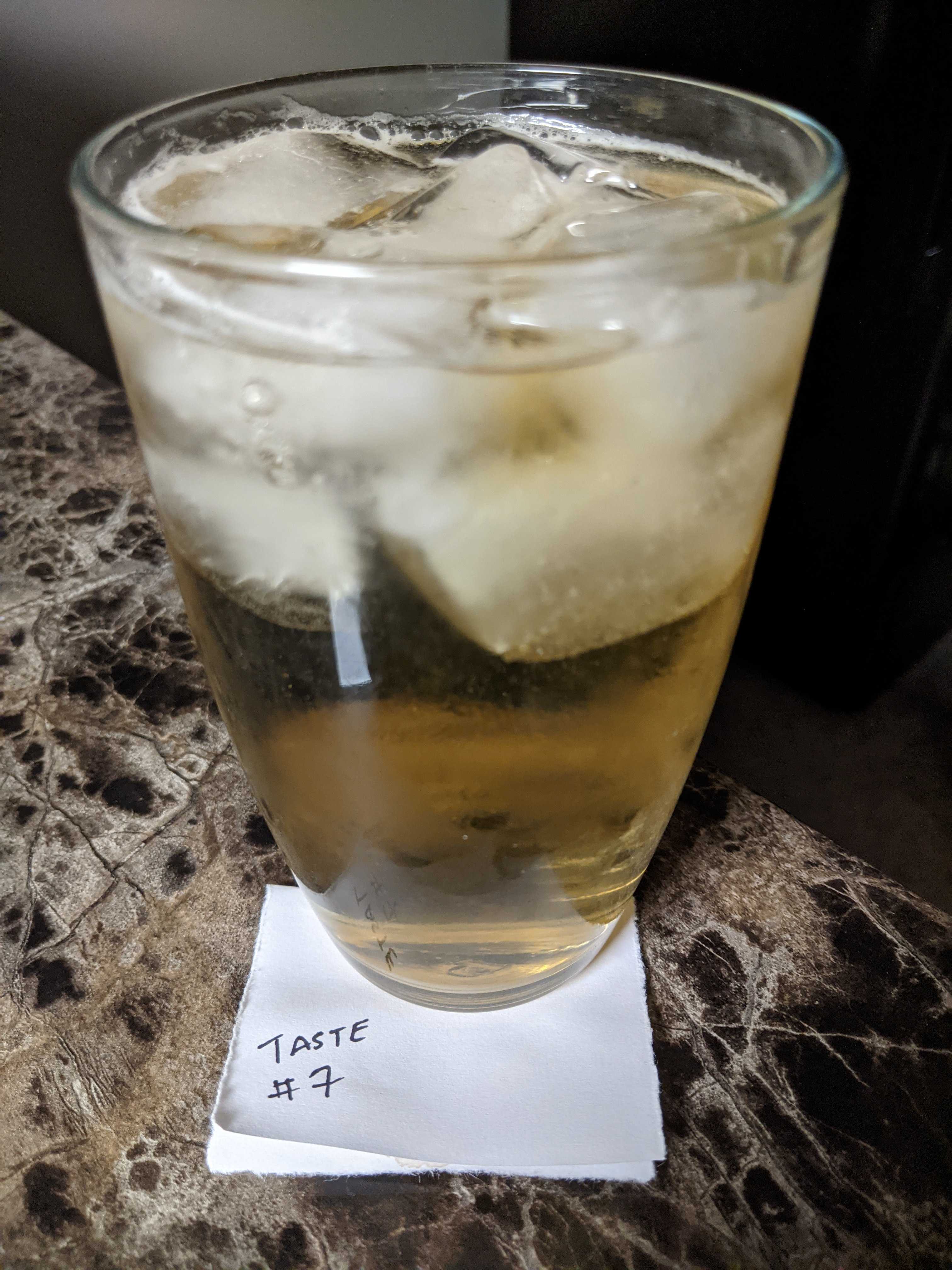
Tasting Notes:
Citrus, toffee, honey, and slight spices are prevalent on the nose. Sipping it reveals toasted vanilla beans, candied orange peels, and some nutty sweetness peeking through the soda water. This is a decent, refreshing whisky highball, but lacks some of the complex, varied flavors I’d hope for.
Taste #8
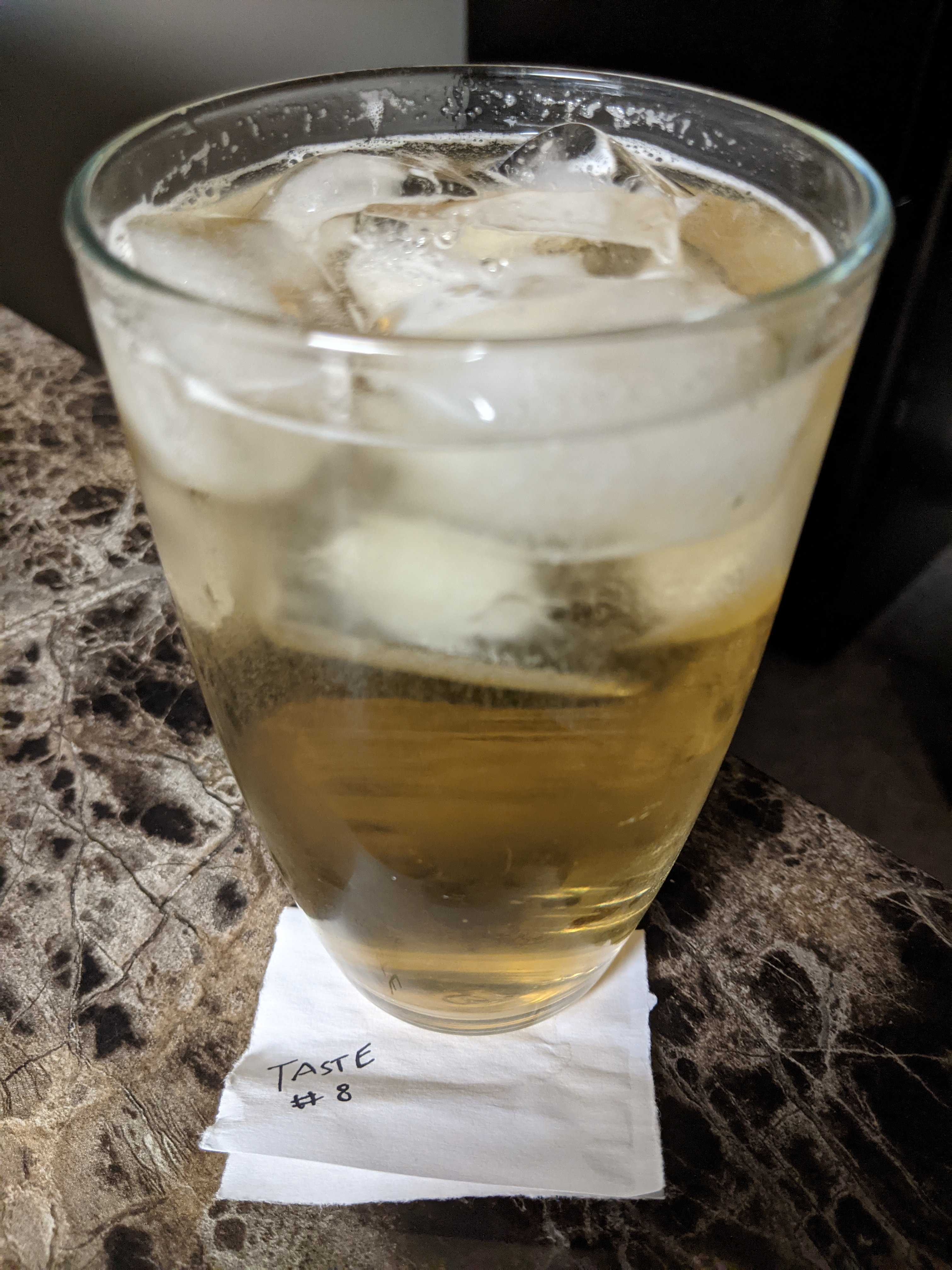
Tasting Notes:
There’s not much going on with this whisky’s nose. It’s really getting lost in the mix. But I was able to find some vanilla, slight honey, and maybe some almond essence. Otherwise, nothing. The palate is a little more exciting with some dried fruits, toffee, and a little spiciness. But overall it’s fairly bland it doesn’t hold up when mixed with soda water.
Part 2: The Rankings
8) Mars Whisky Iwai (Taste 8)
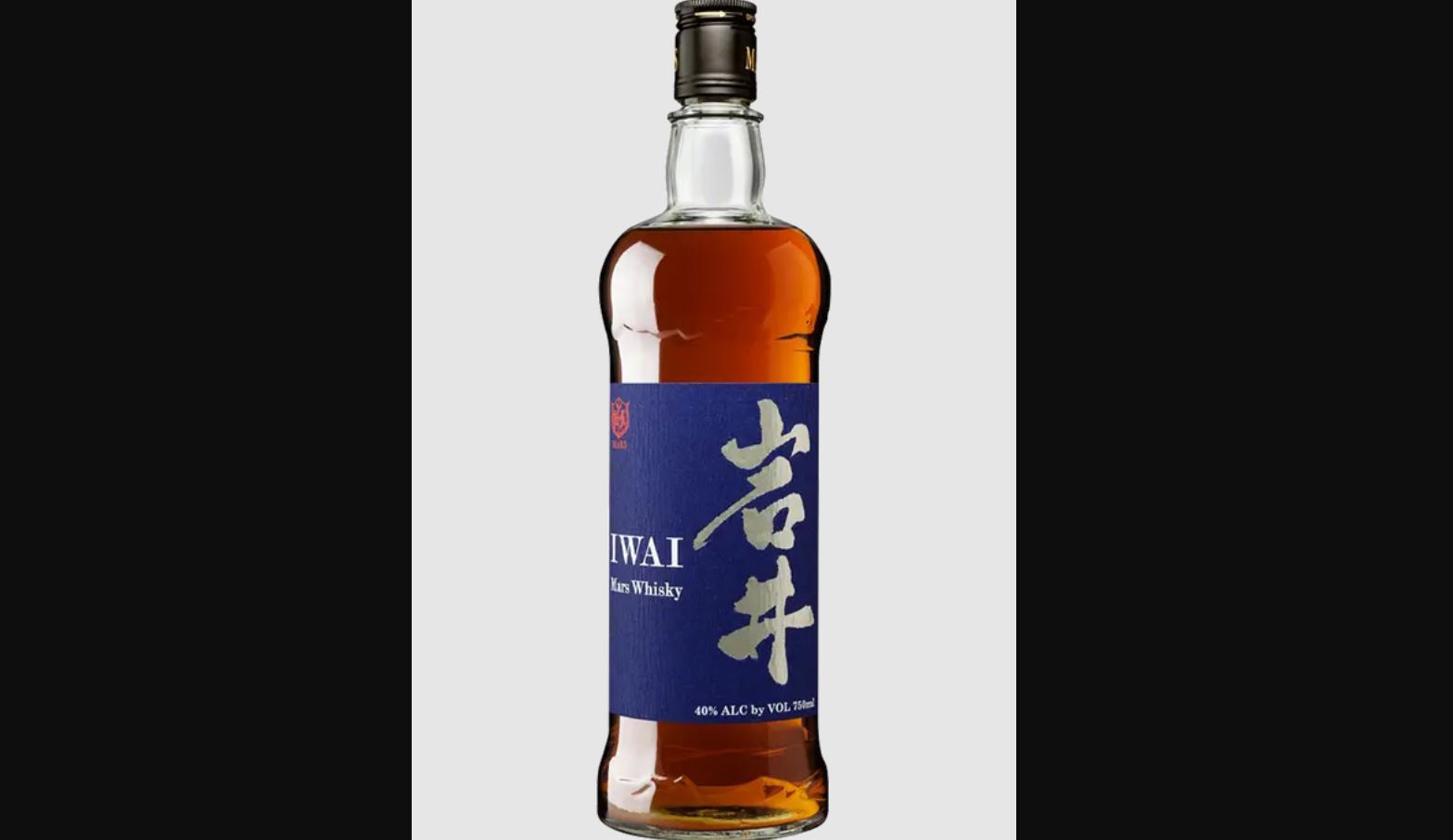
ABV: 40%
Average Price: $31
The Whisky:
Founded in 1985, Mars Shinshu, located in Nagano Prefecture, is the highest distillery at almost 3,000 feet above sea level. Mars Whisky Iwai is a blend of malt and grain whiskies that are aged between two and five years in ex-bourbon barrels.
Bottom Line:
Mars Whisky Iwai is really cheap when it comes to Japanese whisky and for good reason. There’s not much going on with this whisky that would make me ever want to use it as the base for a whisky highball again.
7) Monkey Shoulder (Taste 5)
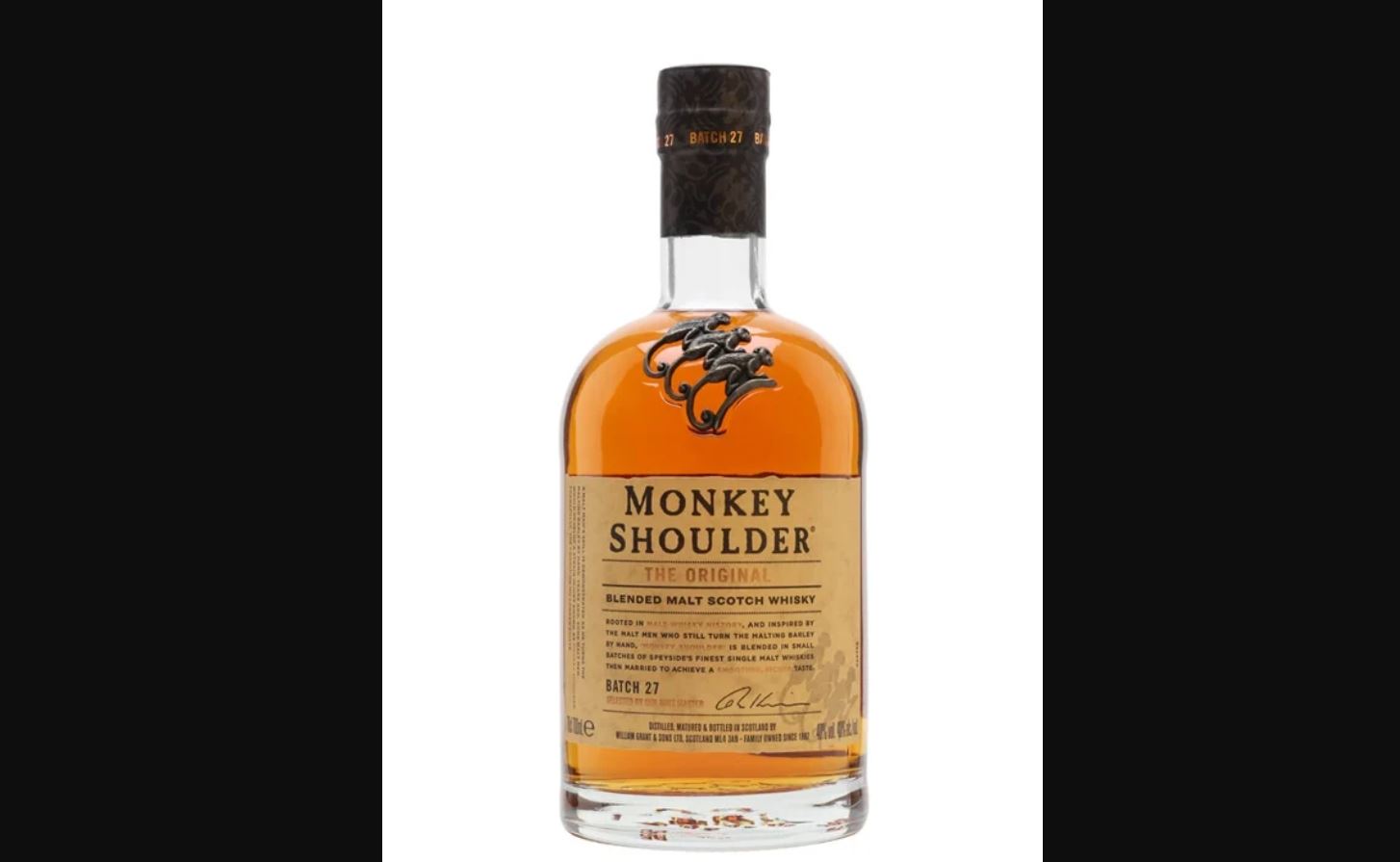
ABV: 43%
Average Price: $35
The Whisky:
Monkey Shoulder is a blended malt whisky that was literally created to be used as a mixer. Sure, you can sip it on its own, but it’s supposed to be mixed with other flavors. This award-winning blend of multiple whiskies is known for its versatile, mellow flavor that’s well-suited for whisky highballs.
Bottom Line:
Monkey Shoulder is known for its mixability and inexpensive price. You’re not paying for heaps of nuanced flavor. It’s not very exciting but gets the job done, and that’s about it. If you’re looking for something more, you’ll be smart to keep scrolling.
6) Hatozaki Finest (Taste 1)
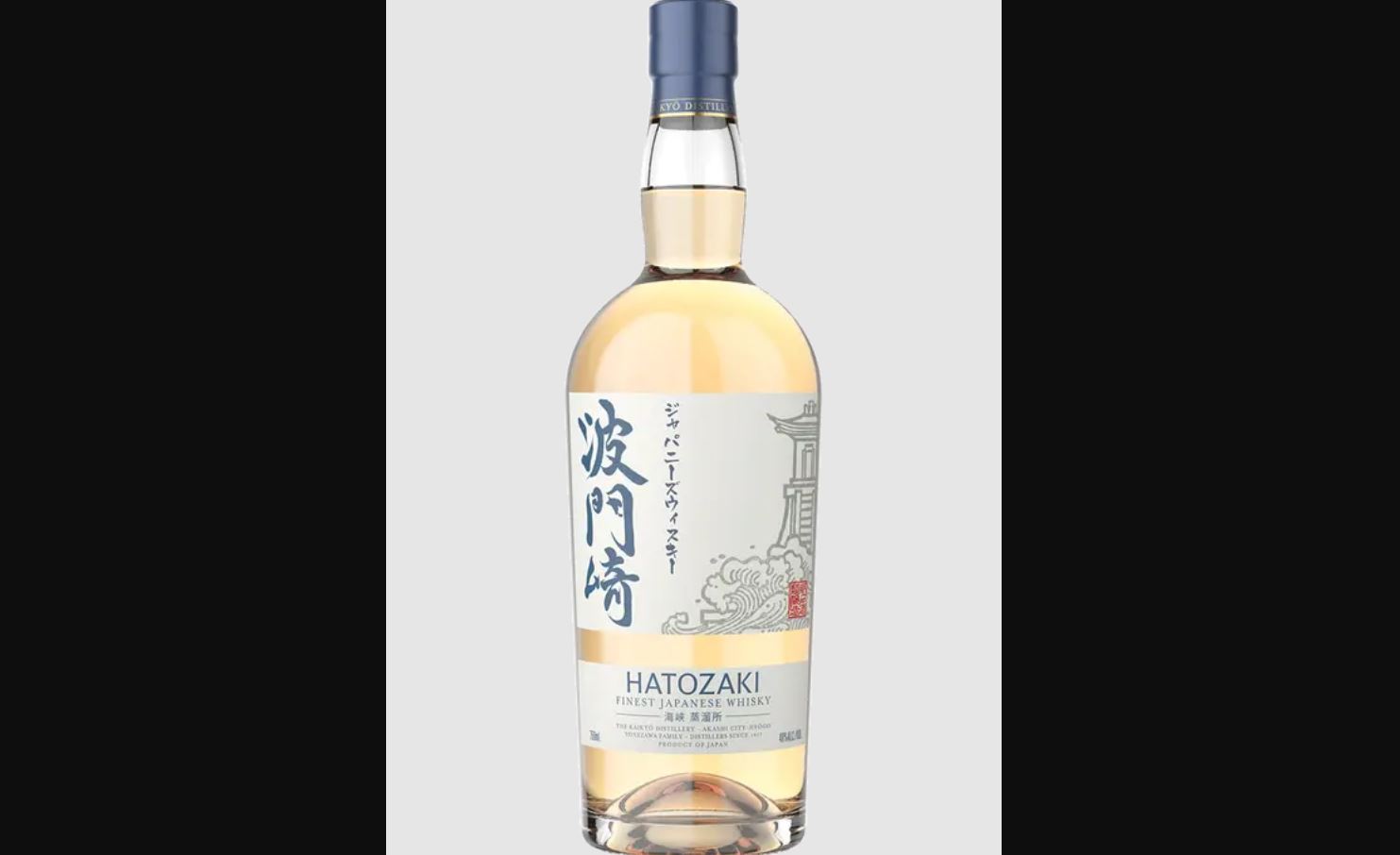
ABV: 40%
Average Price: $37
The Whisky:
The name Hatozaki comes from the oldest stone lighthouse in all of Japan which was built in 1657 in Akashi. Made at Kaikyo Distillery, it’s made in a two-stage blending process and consists of a blend of five to six-year-old small batch single malt whiskies that are aged in ex-bourbon, sherry, and mizunara casks.
Bottom Line:
This was my first time drinking Hatozaki and I found it, when mixed into a highball, to be a little too spicy. Perhaps sipping it neat is a better idea?
5) X By Glenmorangie (Taste 7)
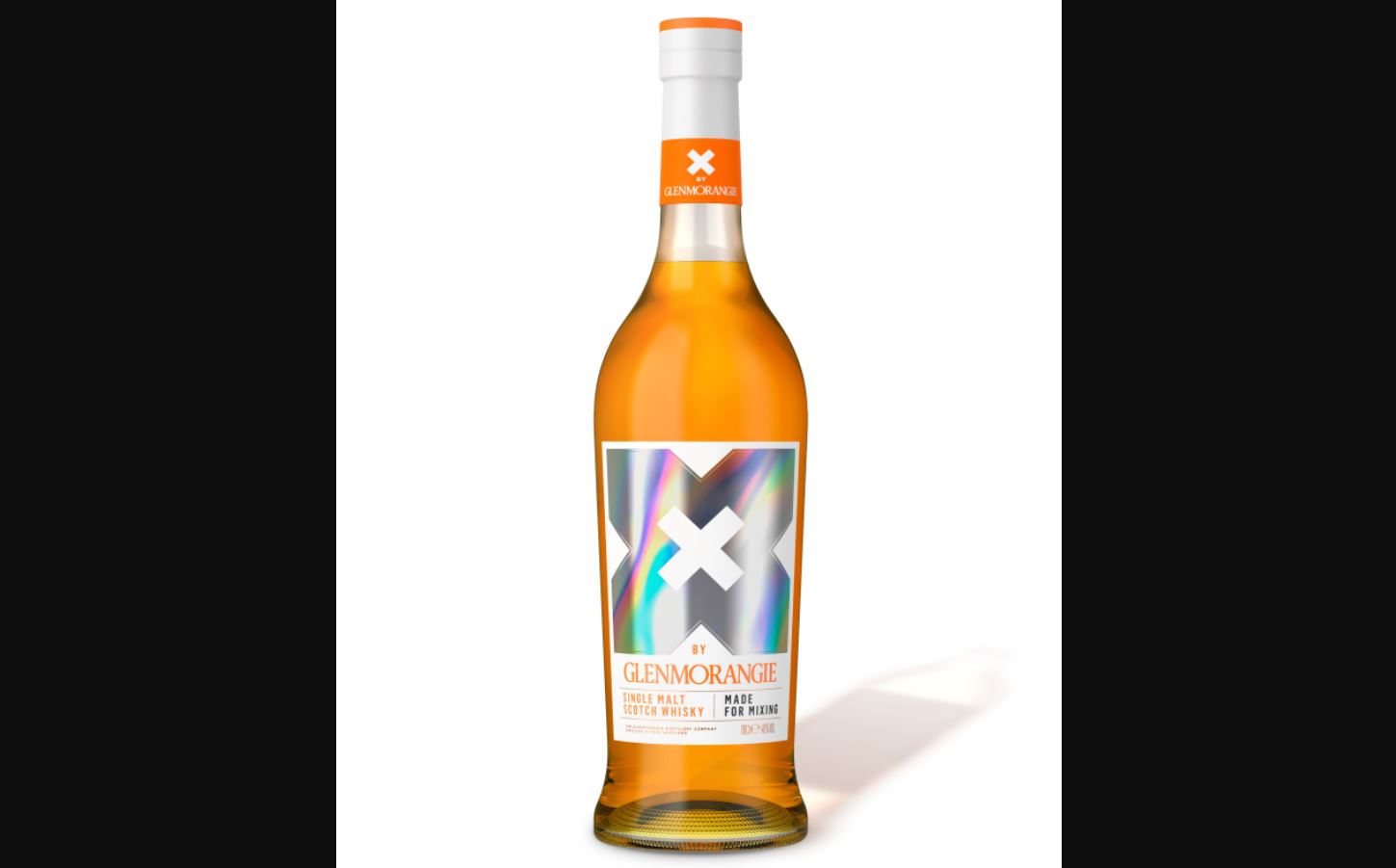
ABV: 40%
Average Price: $39
The Whisky:
Glenmorangie is a big name in the single malt whisky world. While you can’t go wrong with a bottle of Glenmorangie The Original or one of its other expressions for a whisky highball, it’s hard to beat the value and quality of its mixing whisky, X by Glenmorangie. This single malt whisky was aged in ex-bourbon and new charred oak casks to create a smooth, easy to mix whisky.
Bottom Line:
X by Glenmorangie was crafted to be used as a mixer. Sure, it’s a single malt whisky, but it’s not overly complex. For the price, it’s a decent base for a whisky highball but didn’t really stand out that much in this ranking.
4) Chivas Regal 12 (Taste 2)
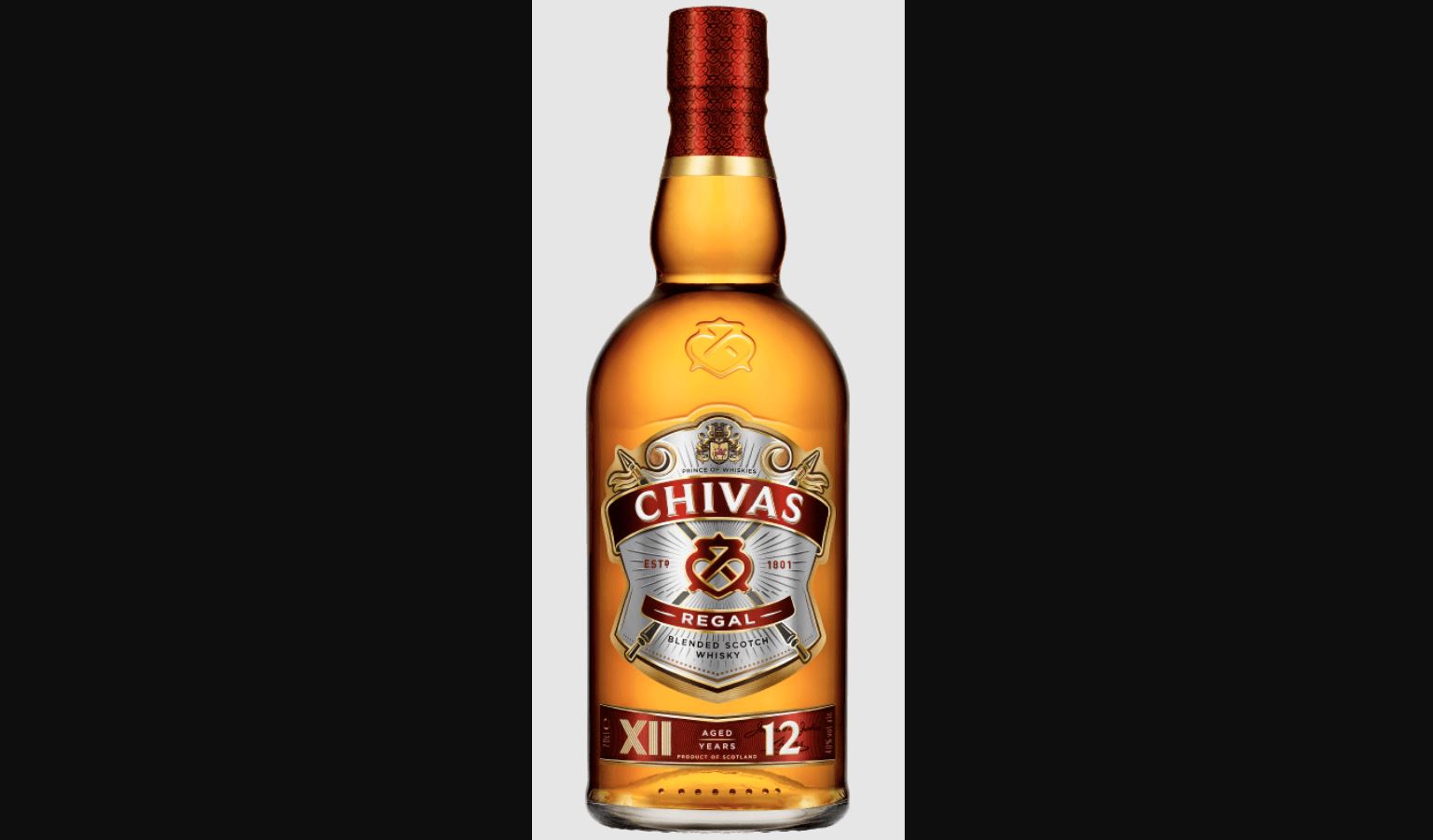
ABV: 40%
Average Price: $29.99
The Whisky:
There are a ton of great blended Scotch whiskies on the market, but one of the best for the price is Chivas Regal 12. Chivas’ flagship whisky is a blend of Speyside whiskies including Strathisla single malt and Strathclyde single grain. It’s known for its mellow, easy-to-sip, easy-to–mix flavor profile.
Bottom Line:
Chivas 12 is a good choice for whisky highball fans who prefer their base to be sugary sweet and fairly light. Otherwise, try to find something with a little more substance.
3) Kojiki Finest (Taste 6)
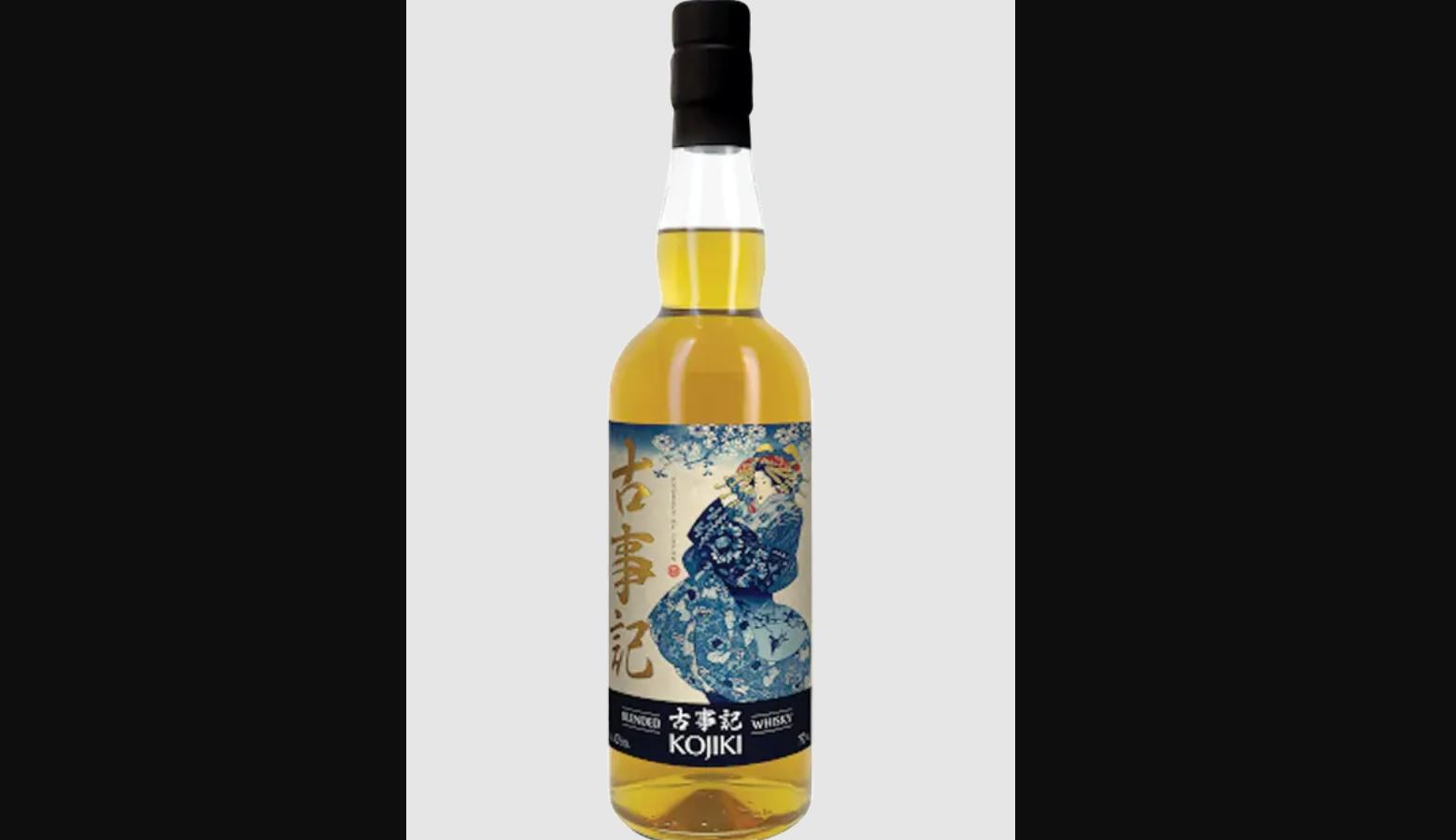
ABV: 40%
Average Price: $44
The Whisky:
This blended whisky from Kojiki Distillery in Kansai near Kyoto is made up of 40% barley (some of the barley is peated), 30% wheat, and 30% corn. It’s distilled in pot stills and aged for a minimum of three years in ex-bourbon barrels before being finished in Sauternes wine barrel for three months and champagne casks for four more months.
Bottom Line:
If you have aspirations of trying a smoky Islay whisky as a base for a whisky highball, but you’re afraid of the smoke being overwhelming, this subtly smoky Japanese whisky is a great gateway. That subtlety is why it’s ranked this high but it’s still a little one-note for me.
2) Compass Box Artist’s Blend (Taste 4)
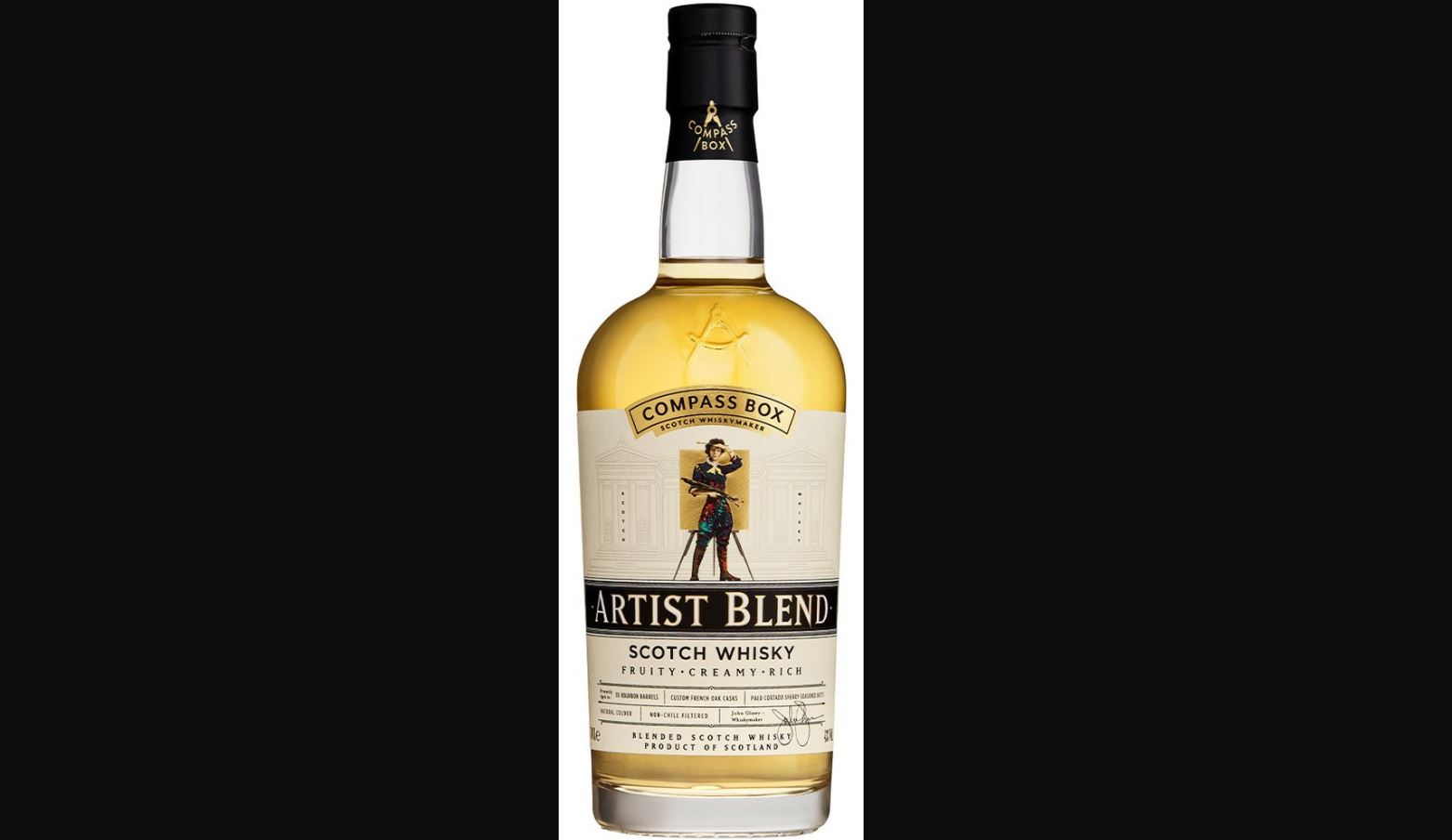
ABV: 43%
Average Price: $33
The Whisky:
Compass Box has made a name for itself in the blended Scotch whisky marketplace in the last decade. While it might be one of the brand’s cheapest whiskies, Compass Box Artist’s Blend doesn’t taste like it is. This flavorful blend of single malt and single grain whiskies was created to pay homage to the whisky blenders of the 1800s who set the standard for today’s blends.
Bottom Line:
I wasn’t surprised to see Compass Box Artist’s Blend rating so highly on this list. It’s very complex, flavorful, and well-balanced and shines through soda water. This was easily in the top but just missed the number one slot.
1) Suntory Toki (Taste 3)
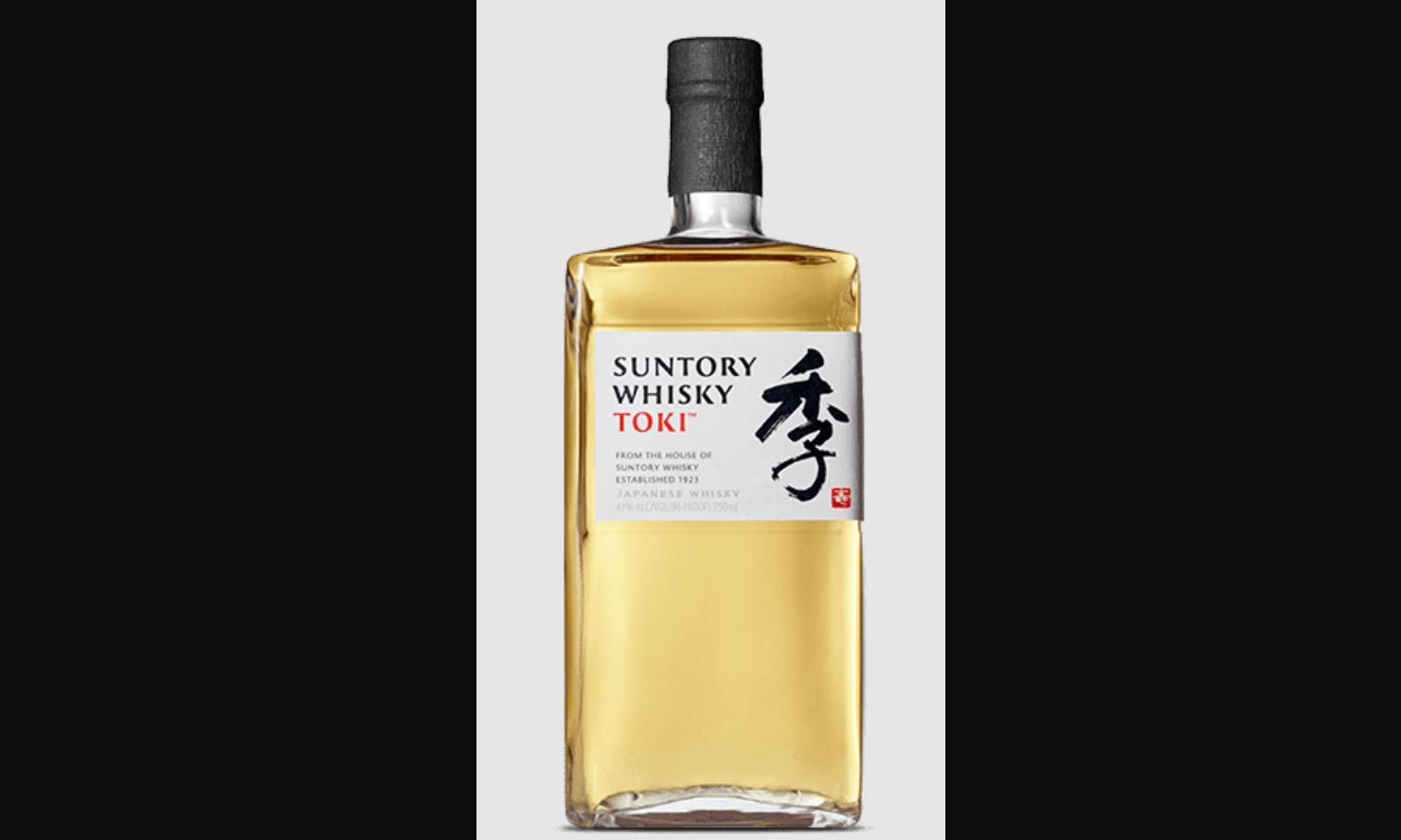
ABV: 43%
Average Price: $36
The Whisky:
One of the best gateway whiskies into Japanese whisky, Suntory Toki was created to be used as a base for whisky highballs due to their popularity in the country. A blend of whiskies from Yamazaki, Hakushu, and Chita, it’s known for its complex, well-balanced, and mixable flavor.
Bottom Line:
When I realized Suntory Toki took the top spot, I was not at all surprised. It was literally created to be used in highballs so it should be obvious that the flavor profile would be a perfect complement. And this really did stand out and above the rest of the list, with a full-bodied flavor profile that shined through the soda water to the very end.







